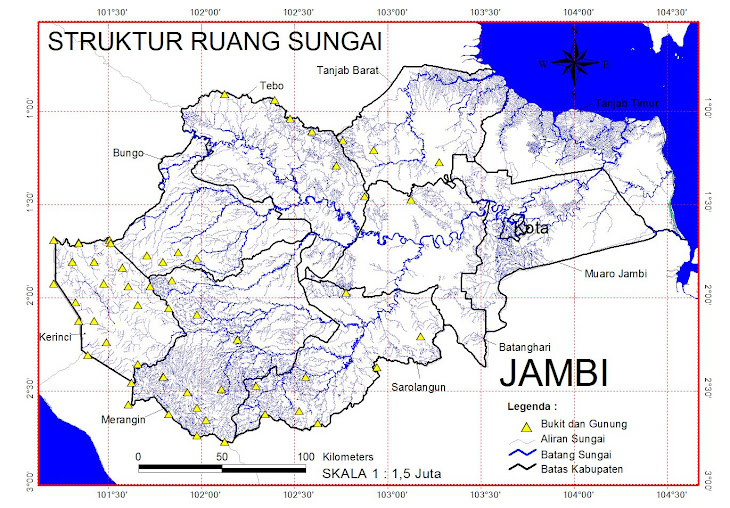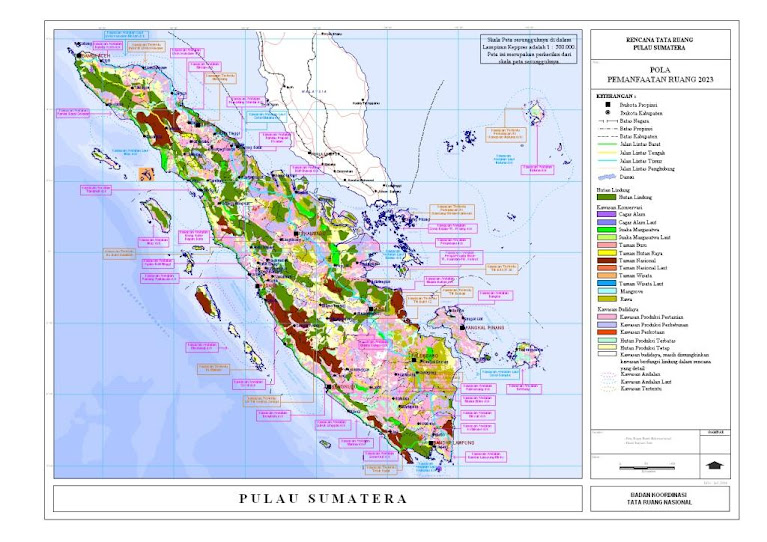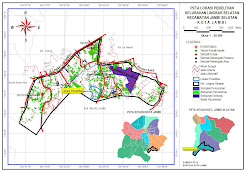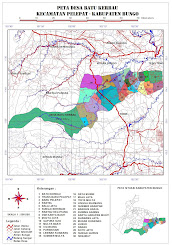There are many cultural myths concerning black holes -- several of the myths are perpetuated by television and movies. Black holes have been portrayed as time-traveling tunnels to another dimension, or as cosmic vacuum cleaners sucking up everything in sight. Black holes are really just the evolutionary end points of massive stars. Somehow, this simple explanation makes them no easier to understand.
On Thursday, July 15, NASA scientist Jerry Fishman from NASA's Marshall Space Flight Center will answer your questions about black holes and dispel the myths surrounding these mysterious objects from which nothing escapes.
Joining the chat is easy. Simply visit this page on Thursday, July 15 from 3-4 p.m. EDT. The chat window will open at the bottom of this page starting at 2:30 p.m. EDT. You can log in and be ready to ask questions at 3:00.
See you in chat!
On Thursday, July 15, NASA scientist Jerry Fishman from NASA's Marshall Space Flight Center will answer your questions about black holes and dispel the myths surrounding these mysterious objects from which nothing escapes.
Joining the chat is easy. Simply visit this page on Thursday, July 15 from 3-4 p.m. EDT. The chat window will open at the bottom of this page starting at 2:30 p.m. EDT. You can log in and be ready to ask questions at 3:00.
See you in chat!
Artist concept of matter swirling around a black hole. (NASA/Dana Berry/SkyWorks Digital)
More About Chat Expert Gerald (Jerry) Fishman
Gerald (Jerry) Fishman is a research astrophysicist with NASA's Marshall Space Flight Center and the Chief Scientist for Gamma-ray Astronomy there.
He was the Principal Investigator of the Burst and Transient Source Experiment (BATSE) on the Compton Gamma Ray Observatory. This observatory was the second of NASA's Four Great Observatories in Space (after Hubble). It was launched by the Space Shuttle Atlantis in April 1991 and operated until May 2000. The BATSE experiment produced new scientific results on some of the most energetic and violent objects in the Universe, in particular, gamma-ray bursts, the most explosive and most distant objects known. He has lectured extensively on these findings at major universities and planetariums in the US and at numerous scientific conferences abroad. This experiment also serendipitously discovered terrestrial gamma-ray flashes above thunderstorms.
Dr. Fishman has over two hundred publications in his research areas. He received the NASA Outstanding Scientific Achievement Award in 1982, 1991 and 1993. He was awarded the Bruno Rossi Prize of the High Energy Astrophysics Division of the American Astronomical Society in 1994, that Division's highest award. In 1996 he became a Fellow of the American Physical Society.
He was the Principal Investigator of the Burst and Transient Source Experiment (BATSE) on the Compton Gamma Ray Observatory. This observatory was the second of NASA's Four Great Observatories in Space (after Hubble). It was launched by the Space Shuttle Atlantis in April 1991 and operated until May 2000. The BATSE experiment produced new scientific results on some of the most energetic and violent objects in the Universe, in particular, gamma-ray bursts, the most explosive and most distant objects known. He has lectured extensively on these findings at major universities and planetariums in the US and at numerous scientific conferences abroad. This experiment also serendipitously discovered terrestrial gamma-ray flashes above thunderstorms.
Dr. Fishman has over two hundred publications in his research areas. He received the NASA Outstanding Scientific Achievement Award in 1982, 1991 and 1993. He was awarded the Bruno Rossi Prize of the High Energy Astrophysics Division of the American Astronomical Society in 1994, that Division's highest award. In 1996 he became a Fellow of the American Physical Society.
Composite image shows the jet from a black hole at the center of a galaxy striking the edge of another galaxy. (X-ray: NASA/CXC/CfA/ D.Evans et al.; Optical/UV: NASA/STScI; Radio: NSF/VLA/CfA/ D.Evans et al., STFC/JBO/MERLIN)
Artist concept of a growing black hole, or quasar, seen at the center of a faraway galaxy. (NASA/JPL-Caltech)
















Tidak ada komentar:
Posting Komentar